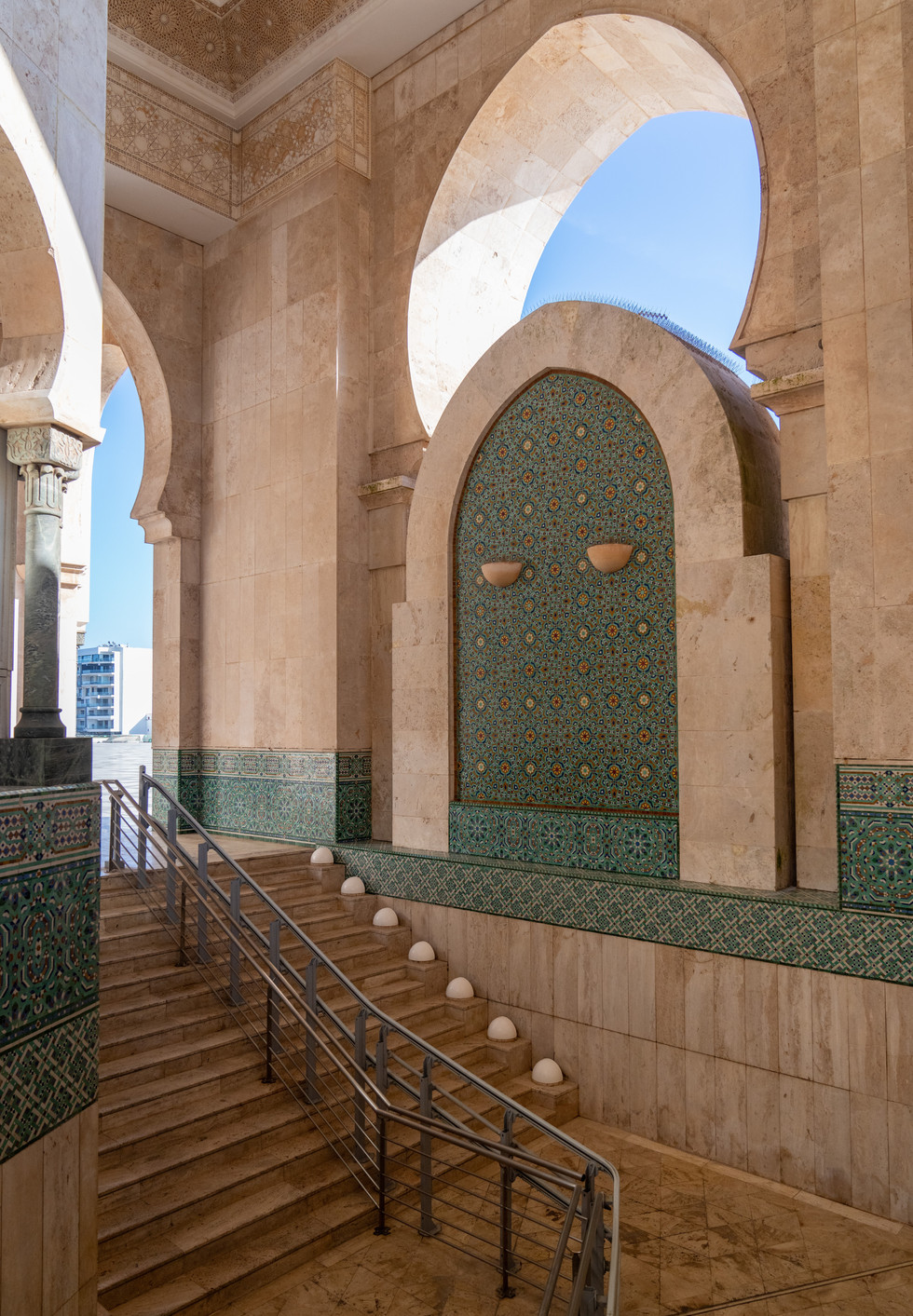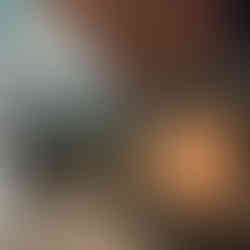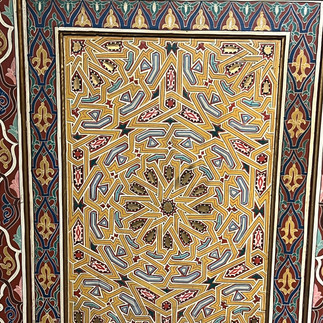Morocco: Casablanca - Exploring the Magnificent Architecture of the Hassan II Mosque
- That's How We Travel

- Aug 11, 2024
- 3 min read
Updated: Apr 9
Summary: Casablanca, made famous in part by the 1942 Humphrey Bogart and Ingrid Bergman film by that name, was our first stop on our 10-day Morocco trip. We flew from California to NYC, and the NYC to Casablanca on Royal Air Maroc, Morocco's national air carrier. Tired from the flight, our tour guide eased us into our trip by making just three stops, namely to the Hassan II Mosque, Rick's Cafe, and the La Corniche before letting us rest at our accommodations for the night.
[This blog is part of a 10-days in Morocco Trip].

Arrival and Travel in Morocco. For this trip, we decided to use a tour company since we had just 11-days available (squeezing between Christmas and the teens headed back to university), and also because we're relatively inexperienced at traveling in a predominately Muslim country in Africa. Morocco Countryside Tours provided us with a private tour-guide/driver for the trip and also booked all of our accommodations and attractions. We would definitely recommend their services as they were reasonably priced and had all-around great service.
Landing in Casablanca. Upon arrival in Morocco, our guide picked us up at the airport. Tip: while not the best exchange rate, the airport was the easiest way to get cash for the trip, which is absolutely necessary to carry here.

Hassan II Mosque. Our first stop of the day was Casablanca's Hassan II Mosque. This relatively new mosque, completed in 1993, is the second largest in Africa, holding up to 25,000 worshipers inside. It is one of the few Mosques that allow non-Muslim visitors. Though not required, many women, including this writer, cover their heads as a sign of respect.
Tour of Interior. Inside the Mosque, tours are available in English, where visitors learn both of the history of the building and the cultural/religious significance of the design.
Ablution halls. Down below are the mosque's ablution halls, one for men and one for women.
Hassan II Mosque Museum. The grounds also have a small museum that showcase the various Moroccan arts.
La Corniche. From here, we walked back across the square, where the mosque can hold another 100,000 worshipers. La Corniche area contains a sea-front park with views of the mosque and ocean. If we weren't so tired from our travels, we would have stayed here a bit longer to enjoy the area's restaurants and entertainment venues.
Rick's Cafe. Next, we made a very quick stop to see the re-creation of the restaurant from the 1942 Casablanca movie. Before traveling to Morocco, the four of us watched the film for the first time. Considering the year of the film, the timeliness of the topics seemed quite gutsy in our minds (Nazi's, concentration camps, spies). The film was made in California, so the Morocco site is nothing more than a tourist stop. Still, it was a fun reminder of the famous film, which helped and still helps this City attract tourists.
Hotel for the night and preparing for time in the car. Going into this trip, we knew we were going to be covering a ton of ground in just 11 days. This necessarily meant that we would be spending many hours in the car. This writer (petite-sized, mother), was squeezed in the middle seat between the boys for hours at a time. Given the fact that we were recent empty-nesters, this forced, albeit squished, time together was priceless. Ordinarily we would avoid covering such distances, but in this particular case it worked out because we were ready for it and made the best of it.
Road hazards. One final comment on driving in Morocco: Let it go. Whatever worries you may have about safe road conditions and what not, you're going to have to just set those aside. The good news is that Morocco is almost entirely dry due to a commonly followed Islamic prohibition on alcohol consumption (though we managed to get hit by what seemed to be the only drunk driver in existence, more on that later). Also, with our hired driver, it is easier to just let them do their thing and try not to worry about what would ordinarily be a cause for concern (such as erratic driving, poor roads, and very frequent police stops).
















































Comments